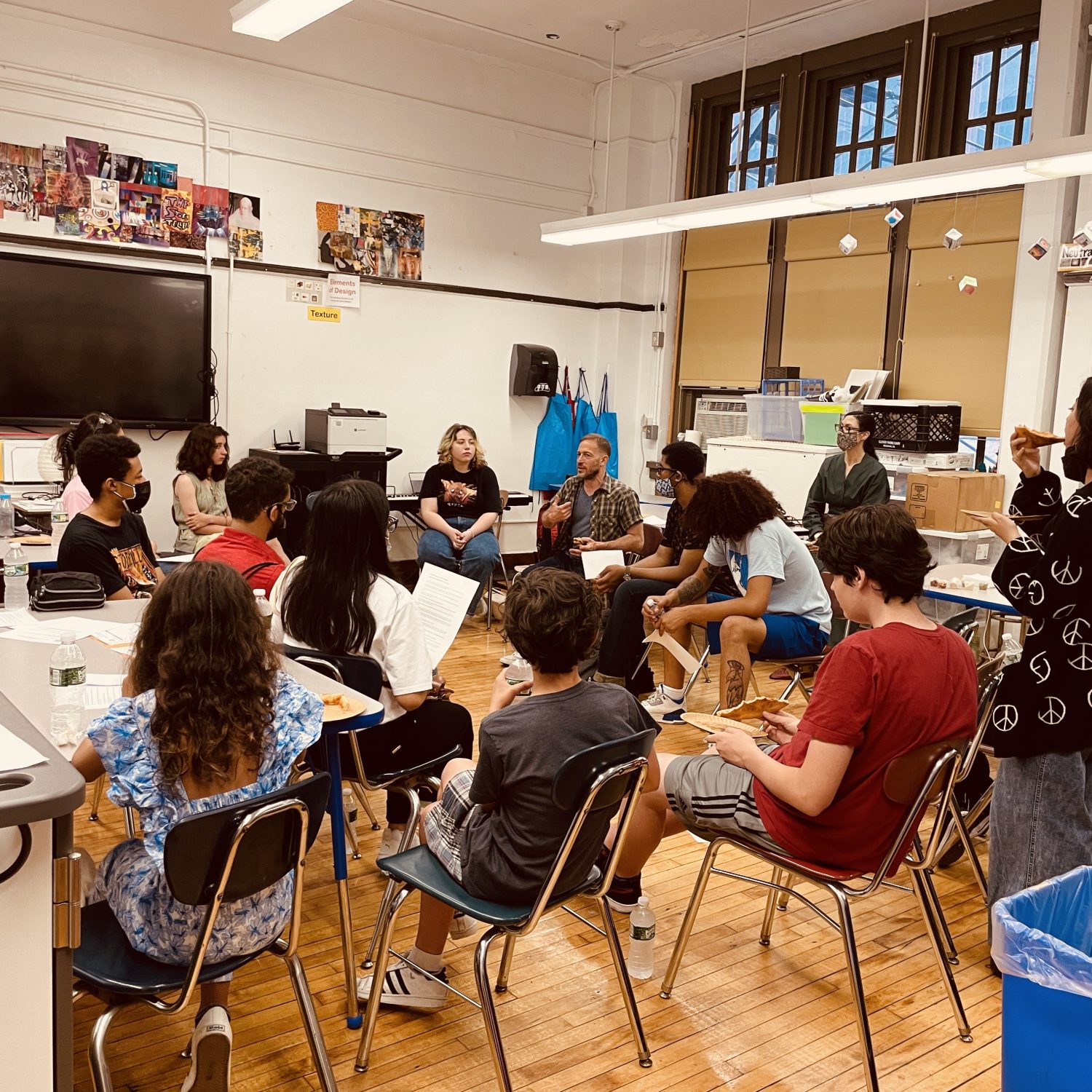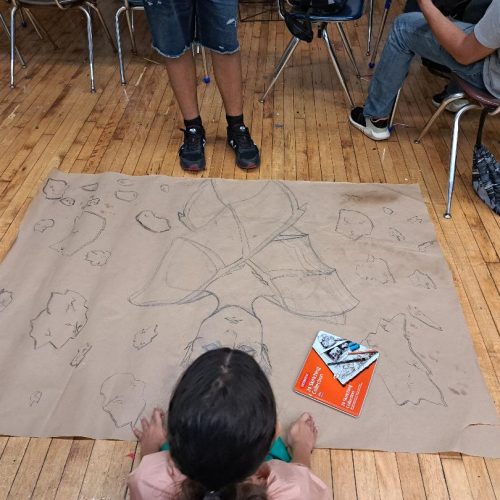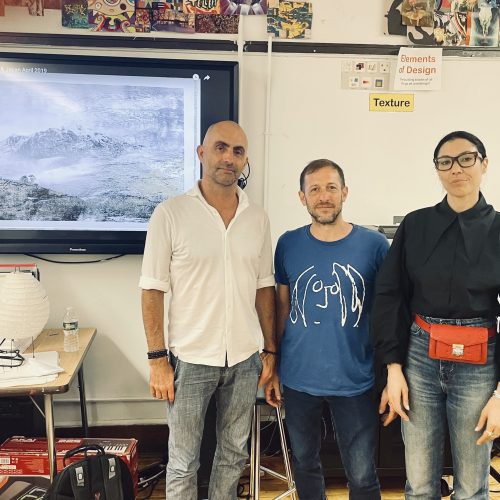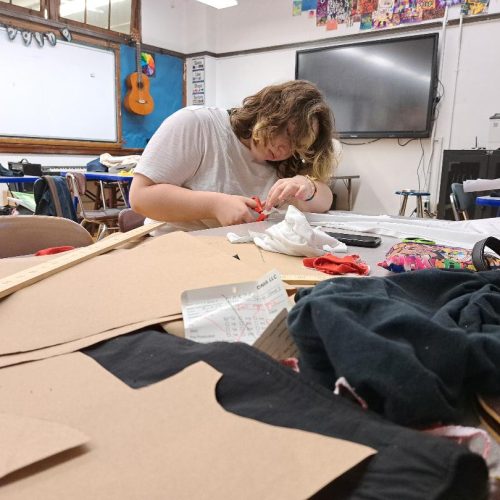Playing is where Genius is Born: AFP’22 Interdisciplinary LAB

It is a great moment to witness the progress we’ve made over the last two years. When the pandemic hit in 2020, Art for Progress (AFP) transitioned its summer program to a virtual platform, as did most folks, institutions, and non-profit organizations at the time. But this year, our in-person comeback is even more solid as we offer an amazing assortment of workshops ranging from pattern-making to music theory, and New York’s young art enthusiasts are soaking it all in.
Although we are running traditional-style workshops, the program is running slightly differently. AFP’s summer program starts every week off with open arts on Mondays. Open arts was devised as an interdisciplinary lab where every student is encouraged to float between workshops or work on specific skills requested by the student. The arrangement was conceived to assist students in taking on a more fluid approach in their practice and garner inspiration from one genre to the next. By providing them with an allowance of space and fluidity to experiment with mediums and engage in collaborative discussions with one another, all possibilities to spark the creative mind, commence exploration, and conceptualize innovative ideas begin. We want to motivate our children to play again. Playing is where genius is born.

During one of the music composition workshops led by Barry Komitor, and a fiber assemblage art workshop led by me, a question was brought up by one of the students. The question pertained to the relevance of art and music, and how mediums so “far” from one another could be integrated as a tangible art form. The following day AFP was joined by special guest artist and speaker Bill Claps, whose art installation ARTSpeak Incinerator Project has been exhibited at the Guggenheim. His works have also appeared in many prestigious galleries and art fairs, including the Salomon Arts Gallery, Aspen Fine Arts Gallery, Art Monaco, and Art Basel in Miami. Claps presented a retrospective of his work and shared a video portfolio that demonstrated the evolution of his practice, beginning with his abstract drawings evoking svelte silhouettes of the female form to his latest work that draws on textures, sound, textiles, and fashion. The latter was part of a collaborative effort with fashion designer Sophie Bonvin, whose purses are embellished in fine sheets of gilt shaped into circles and ovals, similar to the floating shapes found in Claps’ morse code work CODE, and the beautifully placed gilt on the surface of his photographs in his work Natural Abstractions.

Komitor circled back to the student’s prior inquiry on how an artist can integrate two varied mediums into one practice, observing that it does require discipline, practice, and an ability to bounce back from failure. Then, I seized the moment and gave the students another example to help them understand how a creative mind can capture inspiration from workshops and other artists as techniques and experiences are shared. I described a potential collaboration between Komitor’s music course and my fiber assemblage art course. This involved creating a fiber/textile installation with sound—one that could later become an interactive installation for the audience to engage with, developing the work on a much broader scale. I caught the Ah-ha gleam in their eyes once they understood how an artist must not only think creatively but also cohesively. By having Claps present his body of work, drawing on examples of cross-disciplined approaches and workshopping during the week (to experiment), the students are provided the proper dose of mentoring instead of having them go figure it out. This approach simply sets a student/person up for failure, which can discourage anyone from pursuing their passion. We want to break away from this approach and apply a rectified pedagogical method that closes gaps. It does not help anyone entering a competitive field, especially within the arts, to be abandoned. I believe our approach also supports how the community should look: a desire to see everyone succeed.
This is a special year for AFP. Thanks to The Pierre and Tana Matisse Foundation, AFP is able to expand its program and offer New York’s youth culture a knockout series of workshops. It offers what many art schools lack: innovation, play, business models and strategy, trade skills, support, and the cross-pollination of mediums and knowledge. Between Claps, Komitor, myself and all the scheduled guest artists appearing over the next three weeks, we plan to continue disseminating the wisdom, tools, and nurturing needed to cultivate, inspire, and embolden the brightest minds of our future.

By Belaxis Buil
Edited by Graeme (Global English Editing)

